Wondermondo 🢖 World 🢖 Wonders of Asia 🢖 Wonders of Sri Lanka
Territory
Wonders of Sri Lanka
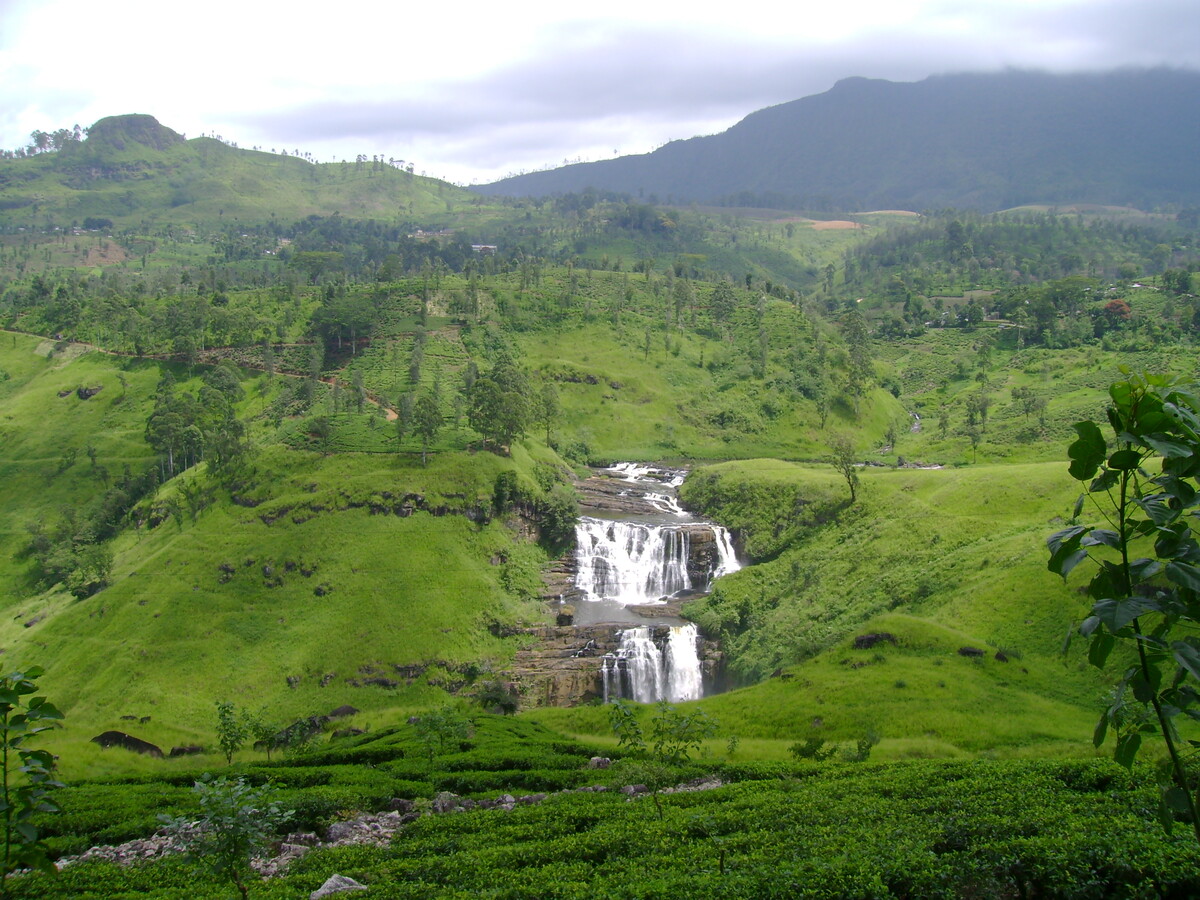
 Highlights
Highlights
Sri Lanka may seem comparatively small if compared to the giant of South Asia – India. But this island has huge importance in the history of culture in South Asia, here are found wondrous man-made and natural landmarks. The most amazing wonders of Sri Lanka are:
- Ancient capital cities.These abandoned cities belong to the most surprising man-made landmarks in the world. Anuradhapura, Sigiriya, and Polonnaruwa are very different – but each of them contains outstanding monuments of architecture and art.
- Stupas. Some ancient Sri Lankan stupas belong to the most outstanding man-made landmarks of the world, such as the 122 m tall Jetavanaramaya, Ruwanwelisaya, and others.
- Rainforest ecosystems. Most of the Sri Lankan rainforest has been lost but in the remaining patches of this ecosystem live hundreds of species that are not met anywhere else in the world.
Map with the described wonders
If you see this after your page is loaded completely, leafletJS files are missing.
 Top 25 wonders of Sri Lanka
Top 25 wonders of Sri Lanka
Biological wonders
Sinharaja Forest Reserve
Sabaragamuwa and Southern
The largest virgin rainforest in Sri Lanka, the abode of numerous endemic species. In spite of its comparatively small size (8,864 ha), this forest contains a multitude of endemic trees (139 species!), insects, birds, mammals, and other beings that are not met anywhere else in the world. Forest contains numerous very large and tall trees.
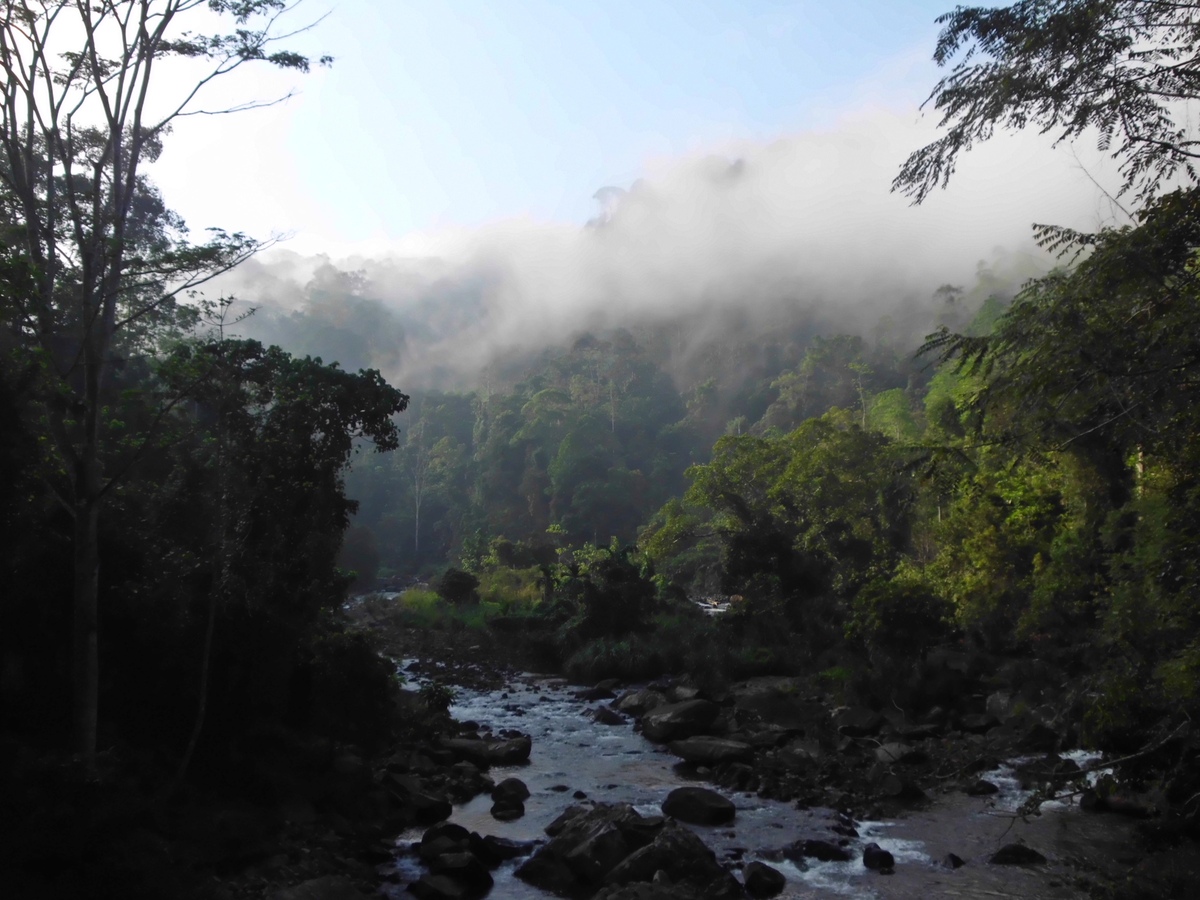
Kanneliya-Dediyagala-Nakiyadeniya forest
Southern
The second-largest remaining rainforest in Sri Lanka with an approximate area of 10,000 ha. This forest contains a multitude of species that are found only here. Out of 319 woody species, approximately 52% are endemic, there live also numerous endemic species of animals.
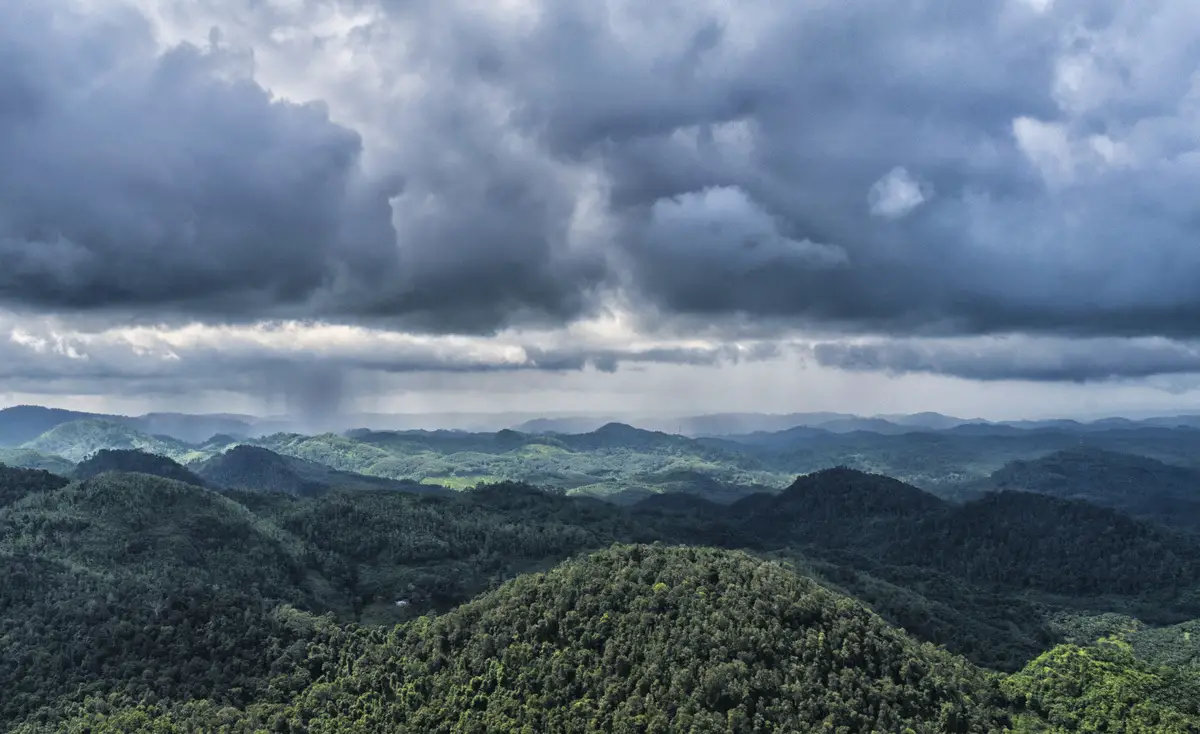
Jaya Sri Maha Bodhi (Sacred Fig Tree)
North Central
The oldest known human-planted tree (Ficus religiosa), planted in 288 BC from a sapling of Bodhi tree where Buddha became enlightened. The girth of the tree changed due to additional trunks growing together with the original one.
Archaeological wonders
Sigiriya
Central (Sri Lanka)
Sigirya is a unique town that was constructed around and on the top of a nearly 200 m high rock peak in 477 – 495 AD. Here are several unique monuments – including a giant lion whose mouth serves as the entrance to a rock fortress and beautiful frescoes – a masterpiece of world importance.
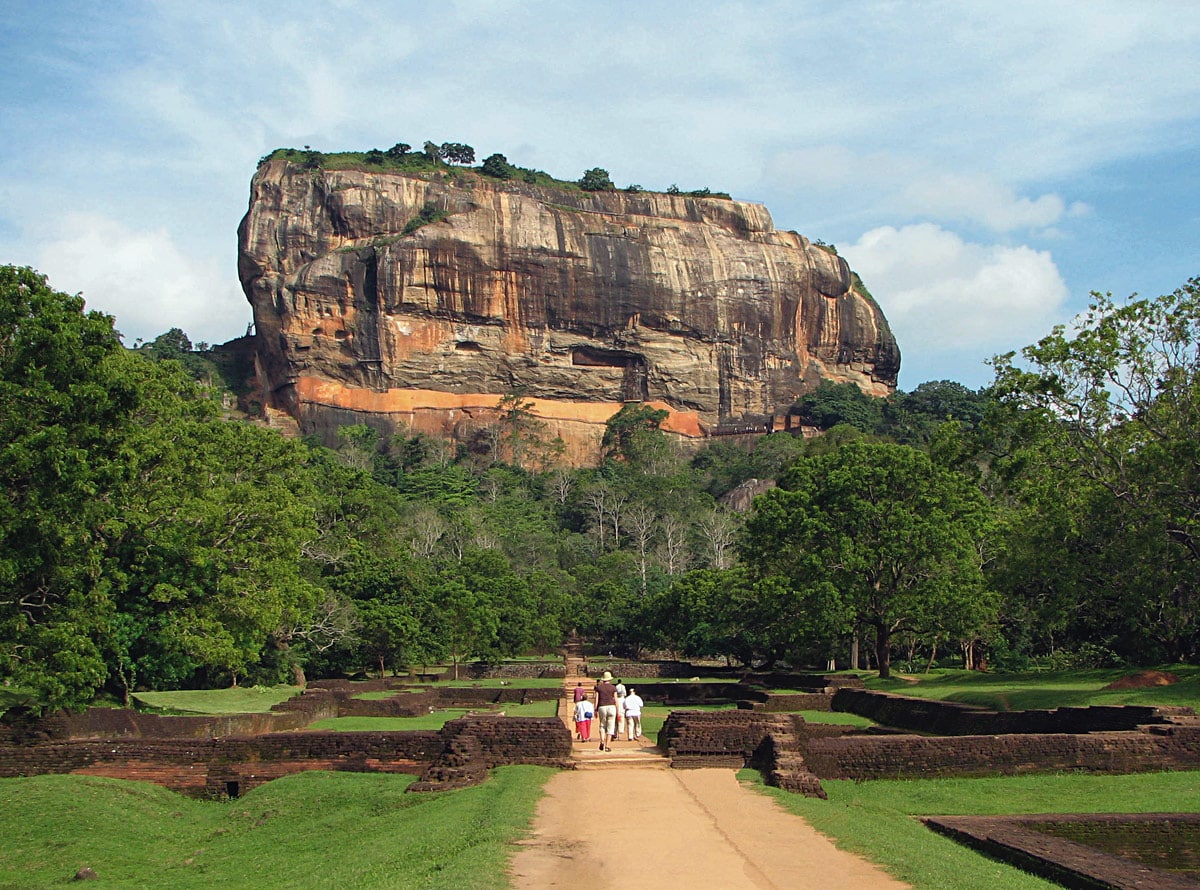
Dambulla
Central (Sri Lanka)
A unique complex of 5 cave temples and monasteries, worship has been practiced here since the 1 century BC, inhabited since prehistoric times. Partially rock-cut caves, adorned with numerous frescoes and statues.
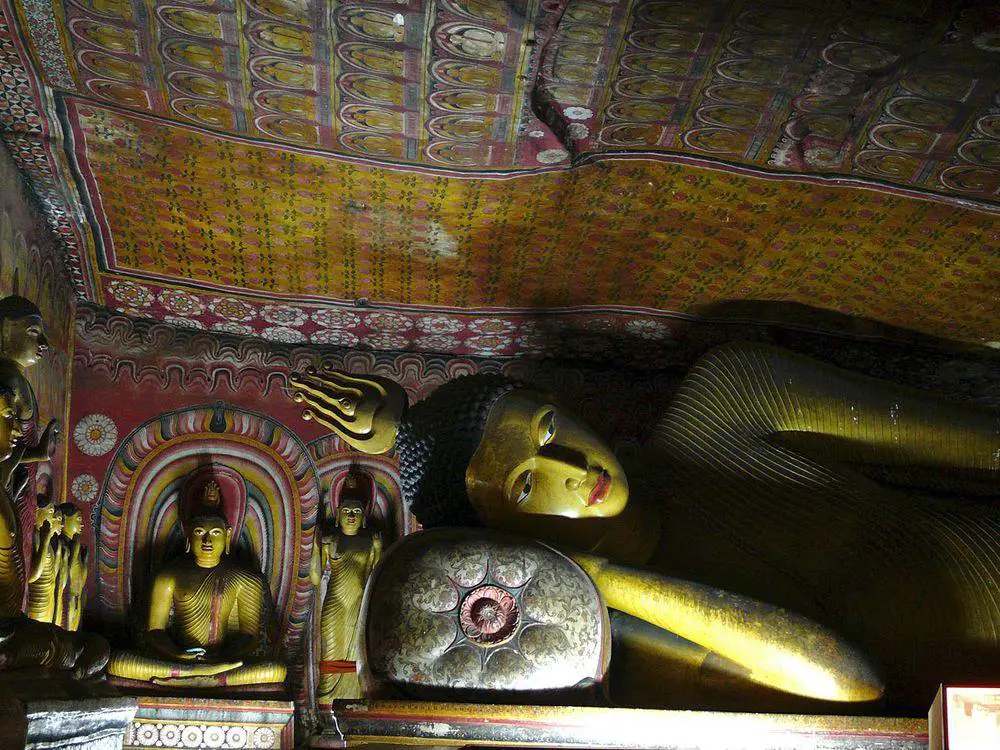
Jetavanaramaya
North Central
The tallest stupa ever built – 122 m tall, for many centuries the third tallest building in the world after the pyramids of Giza. Constructed in the 3rd – 4th century AD. The construction of this giant structure required much innovation.
Anuradhapura
North Central
Capital of Sri Lanka in the 4th century BC – early 11th century AD. Anuradhapura was one of the largest urban centers in the world, it was considered to be sacred by Buddhists. Contains ruins of many magnificent structures, such as Ruwanwelisaya – a 91 m tall stupa, built in the 2nd century BC, and Jetavanaramaya – one of the largest structures in the world, 122 m high, built in the 3rd – 4th century AD.
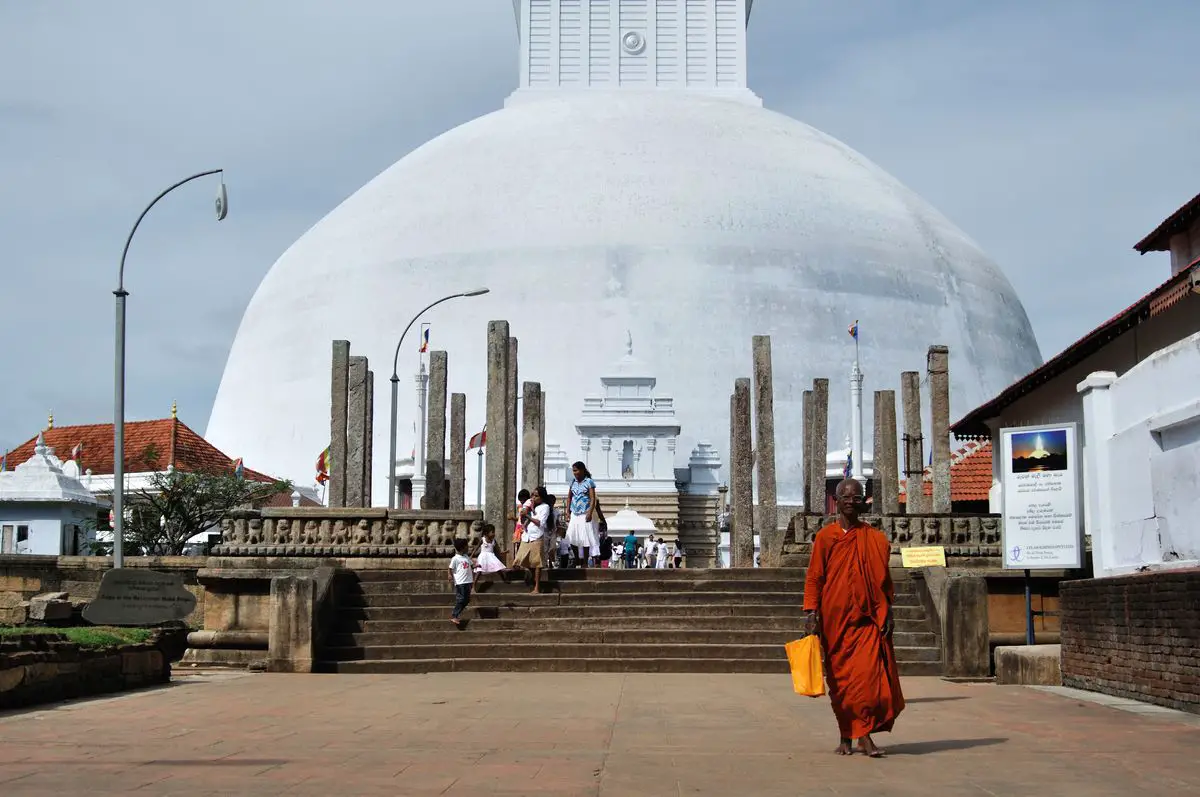
Ruwanwelisaya (Ruwanweli Saya)
North Central
This is a beautiful half-dome stupa, 91 meters high. Constructed in the 2nd century BC, one of the highest achievements of ancient Sri Lankan architecture. Site of legends and mysteries.
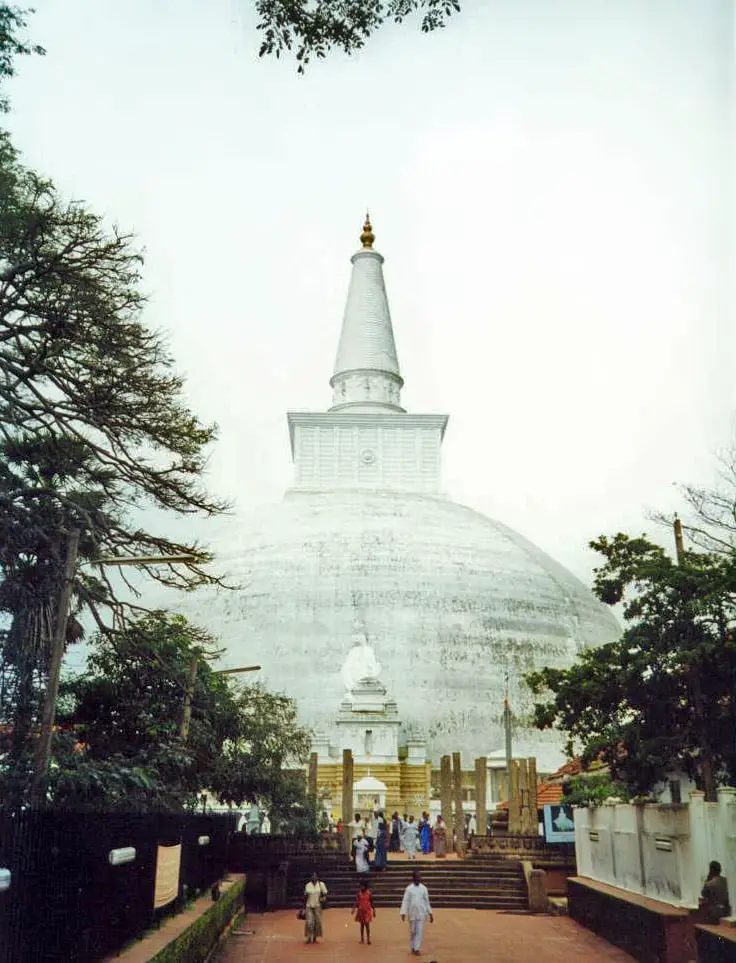
Belilena
Sabaragamuwa
In this cave were found remnants of ten Balangoda people – local subspecies of people who lived here some 32,000 years ago (bones are some 16,000 years old). The cave contains some of the world’s oldest microliths that are up to 30,000 years old.
Tharulengala
Eastern
This longest cave in Sri Lanka contains numerous interesting archaeological landmarks, such as Vedda cliff paintings, and ruins of a Buddhist monastery inside the cave and at its entrance. The monastery extends in the surrounding forest at the cave and unknown ruins still are discovered here.
Avukana Buddha statue
North Central
More than 12 m tall statue, carved in a live rock in the 5th century AD. Statue is elaborately carved and is one of the best examples of such large, standing sculptures.
Abhayagiri vihāra
North Central
One of the largest Buddhist monasteries in the world, now it is in ruins. Important pilgrimage site. This monastery was founded in the 2nd century BC and served as a center of Anuradhapura – the capital of Sri Lanka. In the early centuries of our era, it served as an important center of wisdom. The most impressive building here is Abhayagiri Dagaba – a 75 m tall stupa.
Fa Hien Cave (Pahyanagala)
Western
A large cave where have been found remnants of the Late Pleistocene humans who lived here 33,000 years ago. Here and in some more sites in Sri Lanka were found the earliest known microliths. This is the oldest known settlement of the indigenous kind of humans – Balangoda Man.
Architecture wonders
Yapahuwa
North Western
Ruins of the short-termed capital city of medieval Sri Lanka. Similar to Sigiriya, this town was built on and around a huge granite rock that rises almost 100 m tall. Yapahuwa was founded in 1272 and abandoned in 1284. Here have been preserved impressive ruins, especially impressive are the main staircase and cave shrines with sculptures and frescoes.
Polonnaruwa
North Central
The second most ancient capital of Sri Lanka. It was declared as its capital in 1070 AD. Polonnaruwa was developed as a planned garden city with magnificent buildings and artworks. Declined at the end of the 13th century AD.
Adam’s Peak (Samanala kanda)
Sabaragamuwa
Sacred mountain and impressive natural landmark – 2,243 m tall mountain that dominates the skyline in this part of Sri Lanka. Near the summit of the mountain is located Sri Pada – a “sacred footprint” that, according to Buddhists, has been left by Buddha, according to Hinduists – by Shiva, and according to Christians and Muslims – by Adam. This site has served as a shrine since prehistoric times and before the rise of contemporary religions. Pilgrims ascend the mountain by taking thousands of steps made in the cliff.
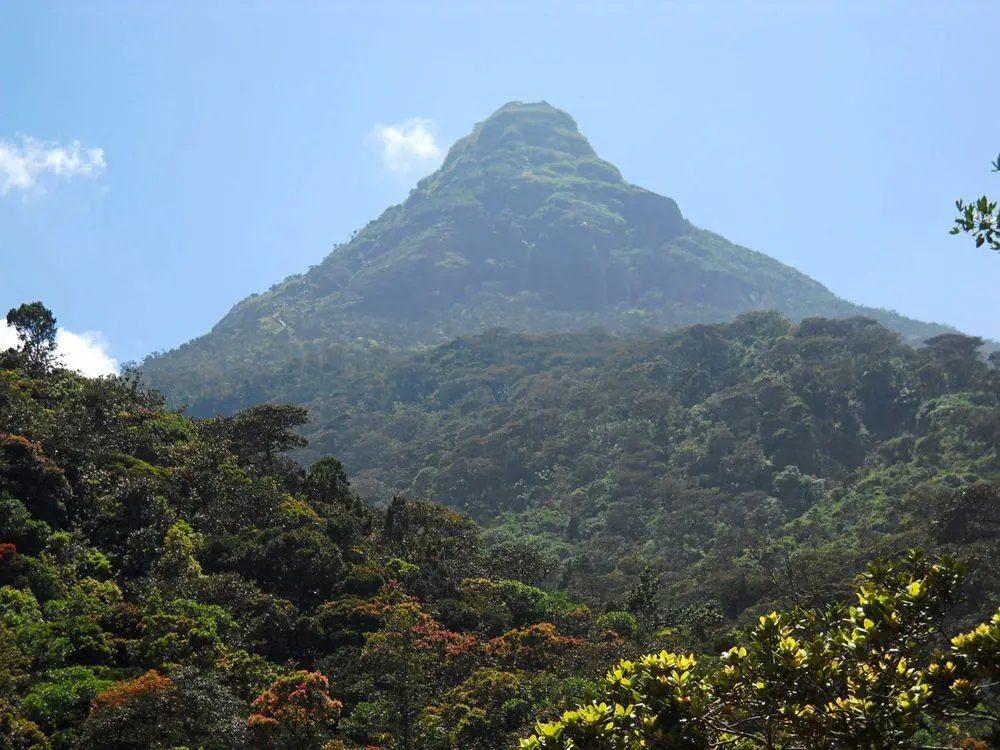
Mihintale
North Central
Mountain peak – a very sacred site to Buddhists. Here are located several important religious buildings, such as the enormous Kantaka Cetiya (the 3rd century BC). The city contains the world’s oldest dedicated hospital building (the 4th century AD).
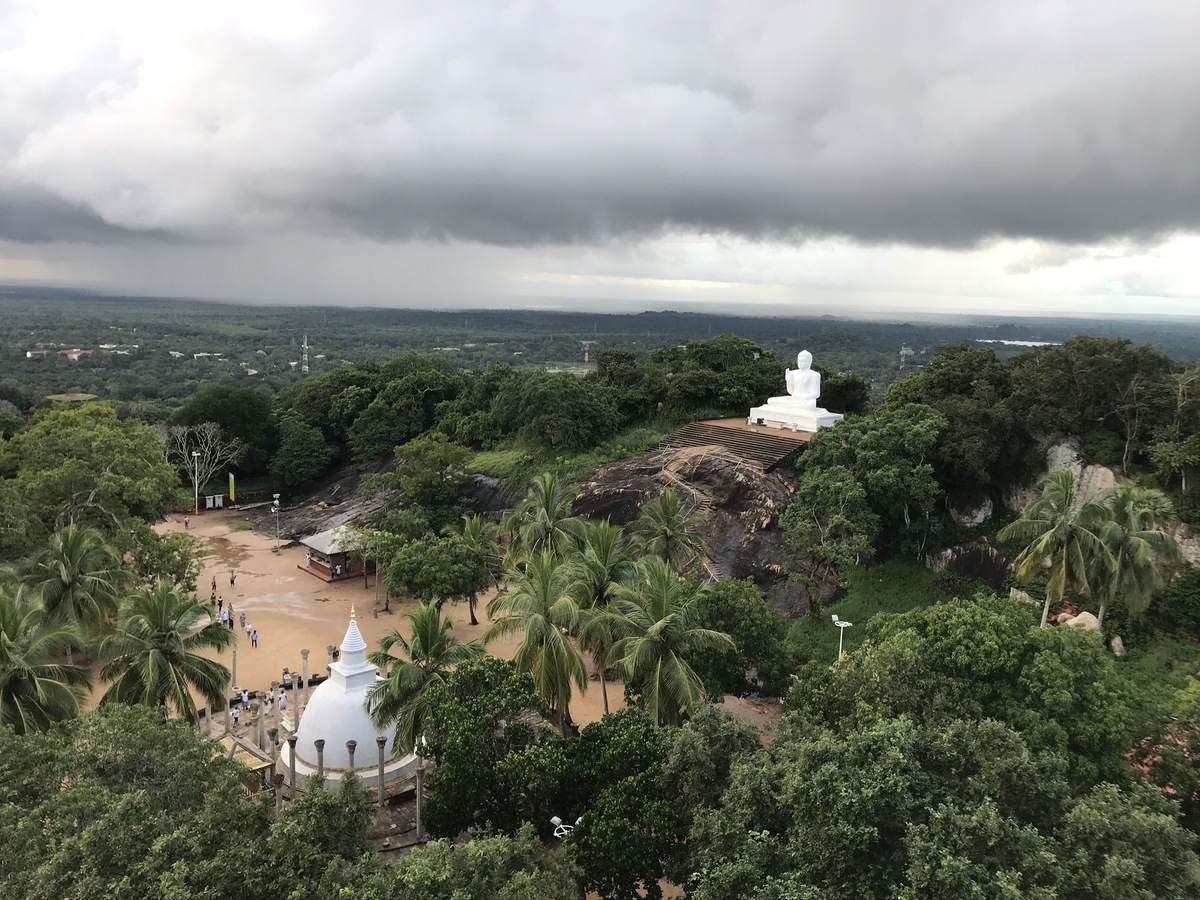
Temple of the Tooth (Sri Dalada Maligawa)
Central (Sri Lanka)
A politically important Buddhist temple, it is considered that whoever holds control over its relic, the tooth of Buddha, controls Sri Lanka. The tooth was smuggled to Sri Lanka in the early 4th century and was moved to different locations in Sri Lanka – each consequently becoming capital. The temple where the tooth is nowadays was built in the early 18th century.
Embekka Devalaya
Central (Sri Lanka)
Shrine – an exceptional achievement of wood construction and woodcarving. This temple was built in the 14th century.
Kataragama
Uva
Pilgrimage town, a sacred place to many cultures, including indigenous Vedda, Hindus, Buddhists, and Muslims. Main site of the veneration of Kataragama – a local deity for more than 2,000 years.
Galle Fort
Southern
The best example of a fortified colonial city in Southern Asia. Construction was started in the 16th century by the Portuguese and continued by Dutch in the 17th century. Fort takes 52 hectares large, rocky peninsula. The whole area is surrounded by fortification walls. City quarters have preserved their original layout, and in the city are numerous historical buildings.
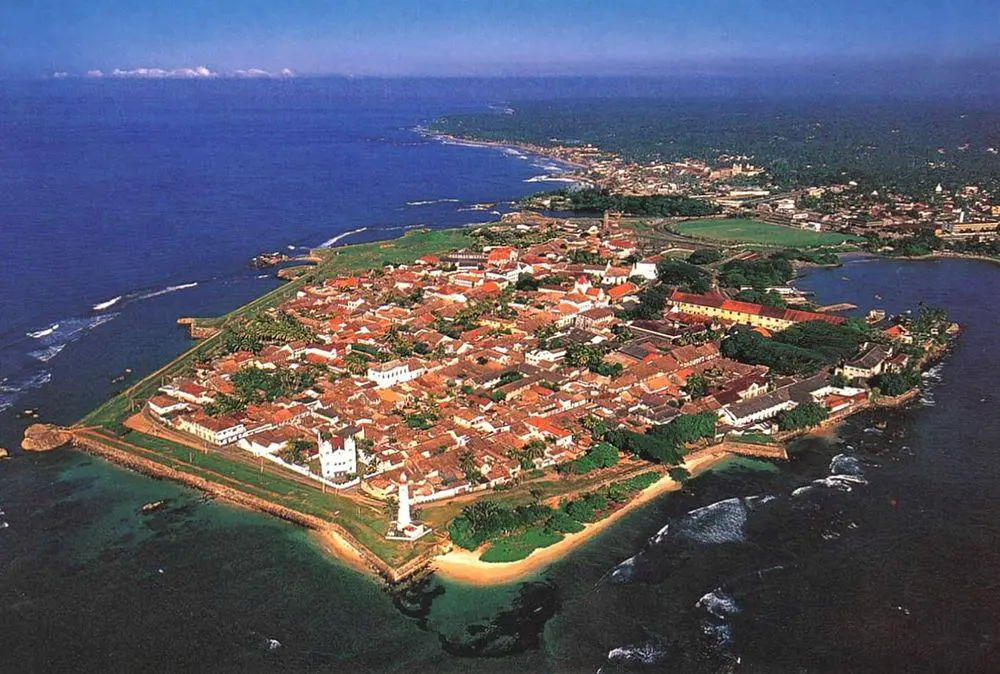
Nissanka Latha Mandapaya
North Central
Very unusual building, constructed in the times of king Nissanka Malla (the 12th century AD). King used it to listen to the chanting of Buddhist scriptures. This structure is a low platform that is surrounded by stone walls and adorned with eight curved columns that are covered with stone carvings.
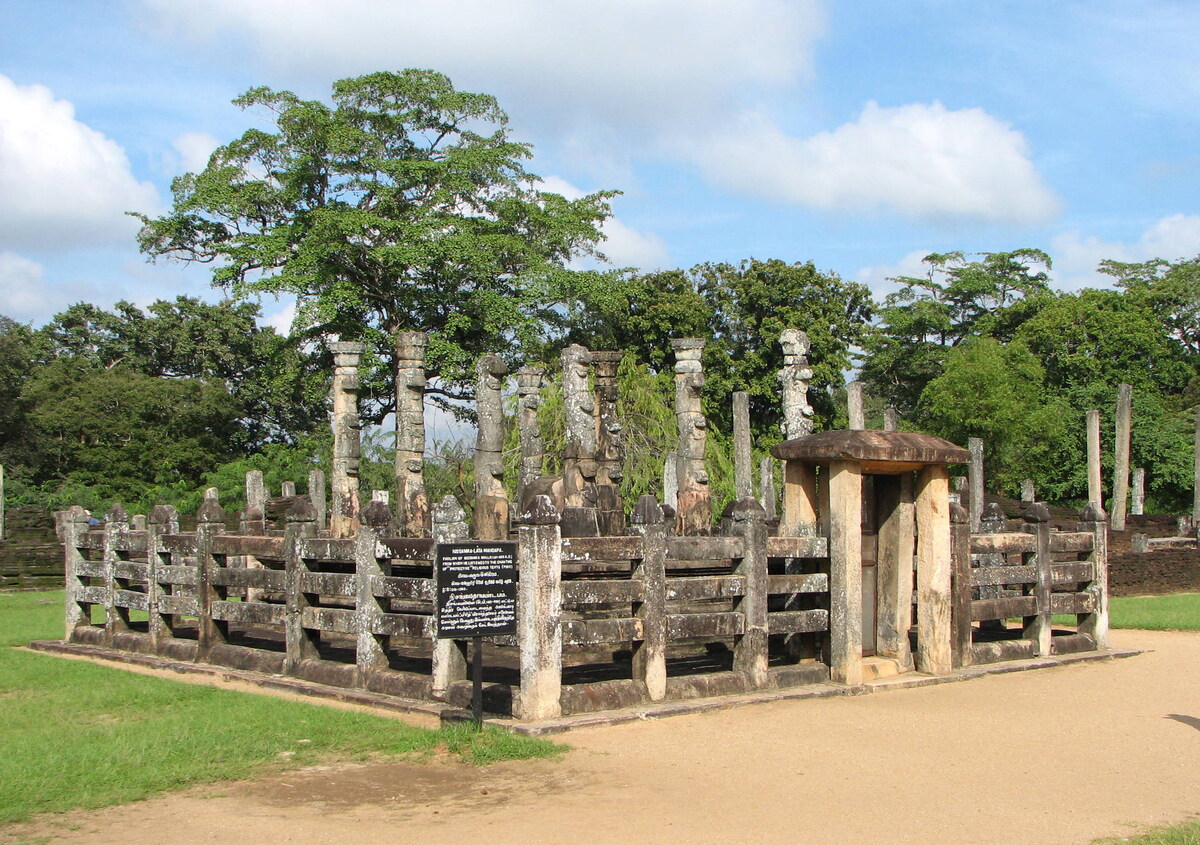
Gal Vihara
North Central
Rock cut temple, built in the 12th century AD. One of the most impressive features is a group of four enormous Buddhas carved into the cliff face.
Bogoda Wooden Bridge
Uva
A well preserved, ornate wooden bridge that was constructed in the 16th century. Possibly the world’s oldest wooden bridge, built without any iron details. The bridge is covered.
Peradeniya Royal Botanical Gardens
Central (Sri Lanka)
Old botanical gardens founded sometime around 1750. Now this beautiful garden contains more than 4,000 species of plants. Especially well known is the rich collection of orchids. The scenic highlight of the garden is the Avenue of Palms.
 Recommended books
Recommended books
The Rough Guide to Sri Lanka
The full-color The Rough Guide to Sri Lanka is quite simply the best guide available to this beguiling – and fast-changing – country. Lavishly illustrated, with more maps than any other guidebook, it contains practical advice on all of Sri Lanka’s main attractions, from the white-sand beaches of the south and east coasts through the cool heights of the verdant Hill Country to the magnificent ancient cities of the north. It also offers comprehensive listings on the best places to stay, eat, drink and shop for travelers on all budgets.
DK Eyewitness Travel Guide: Sri Lanka
Explore Sri Lanka region by region, from Colombo and the beaches on its idyllic west coast to Kandy and the Hill Country to Jaffna and the north. Visit Yala National Park to see wildlife, play a game of cricket, and take a pilgrimage to Adam’s Peak.

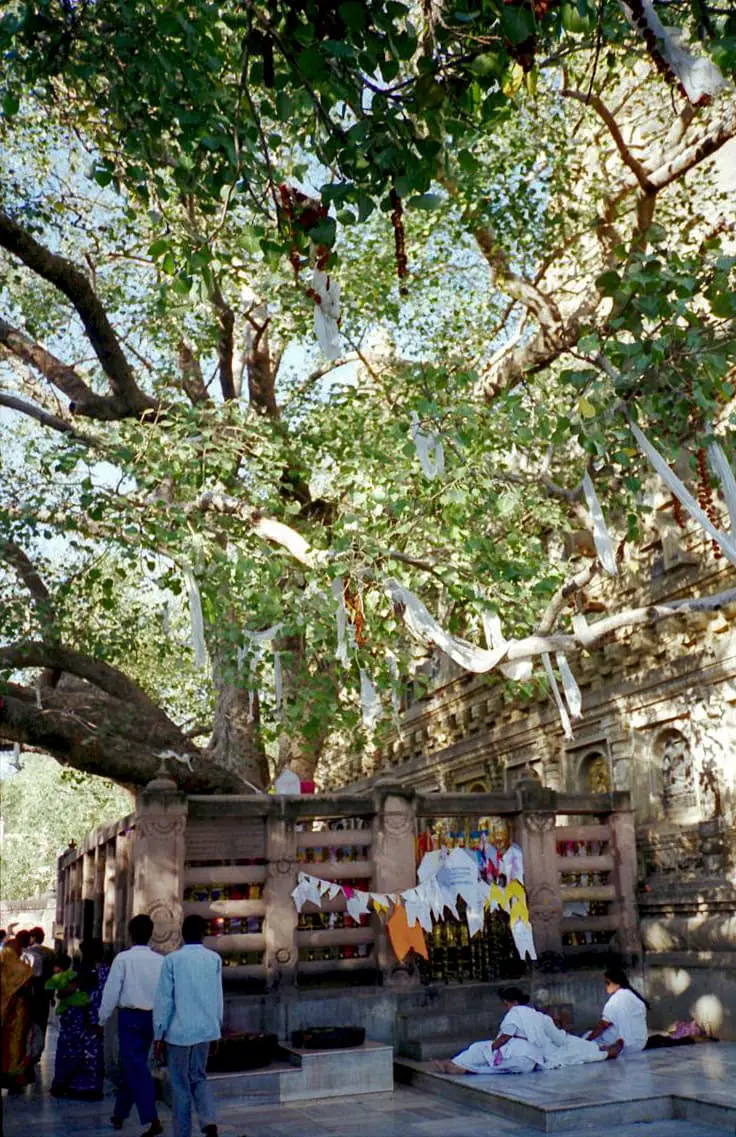
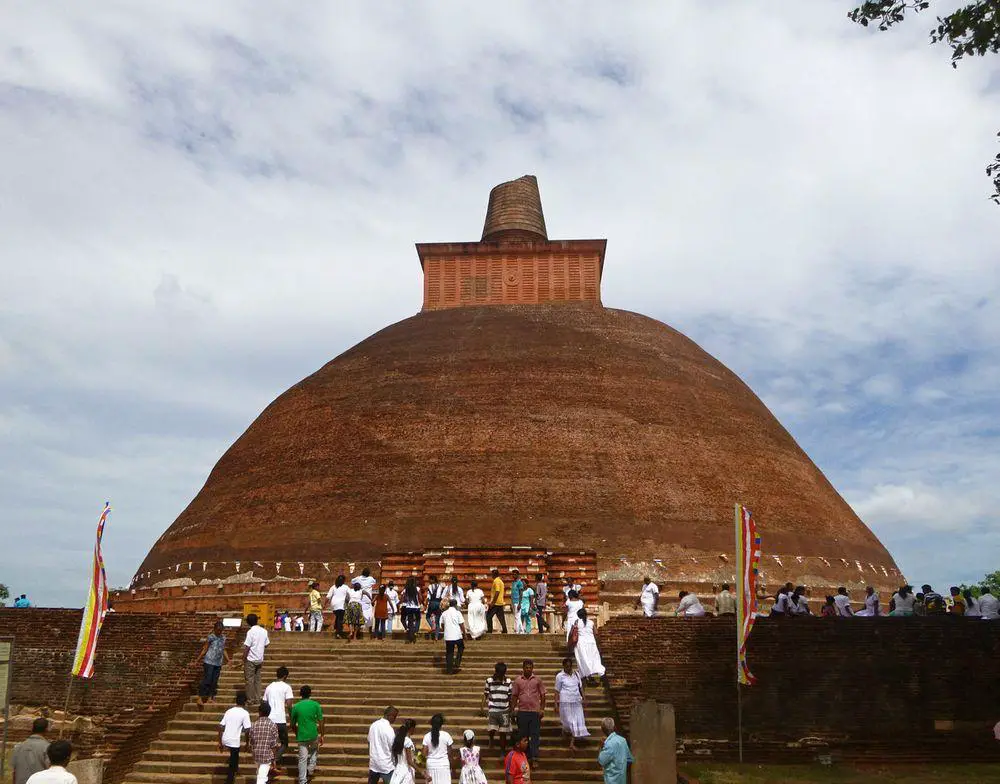
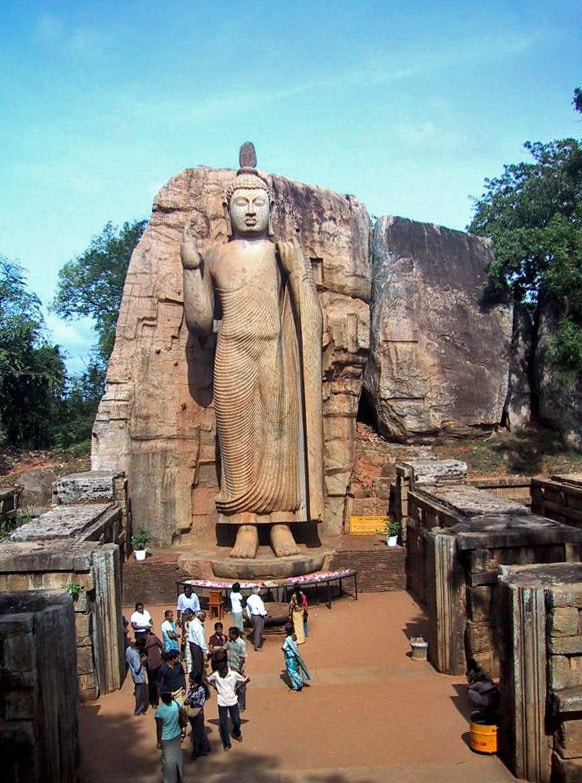
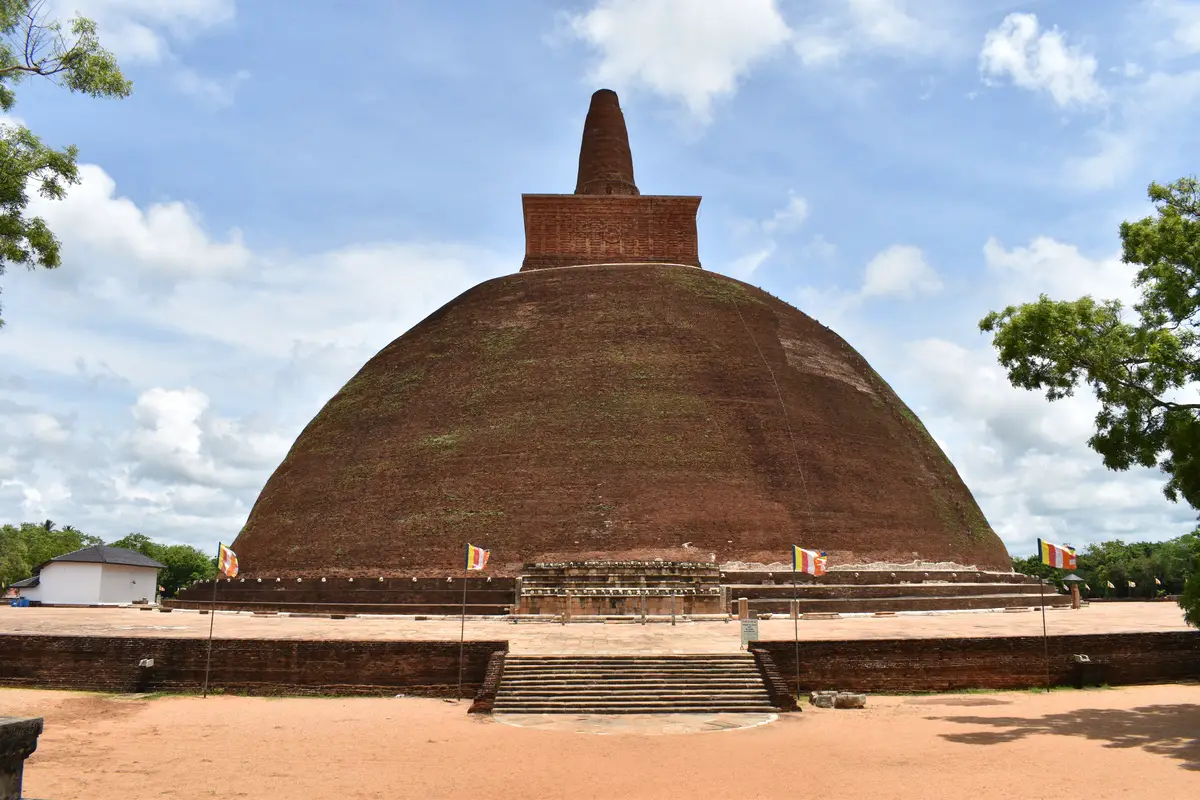
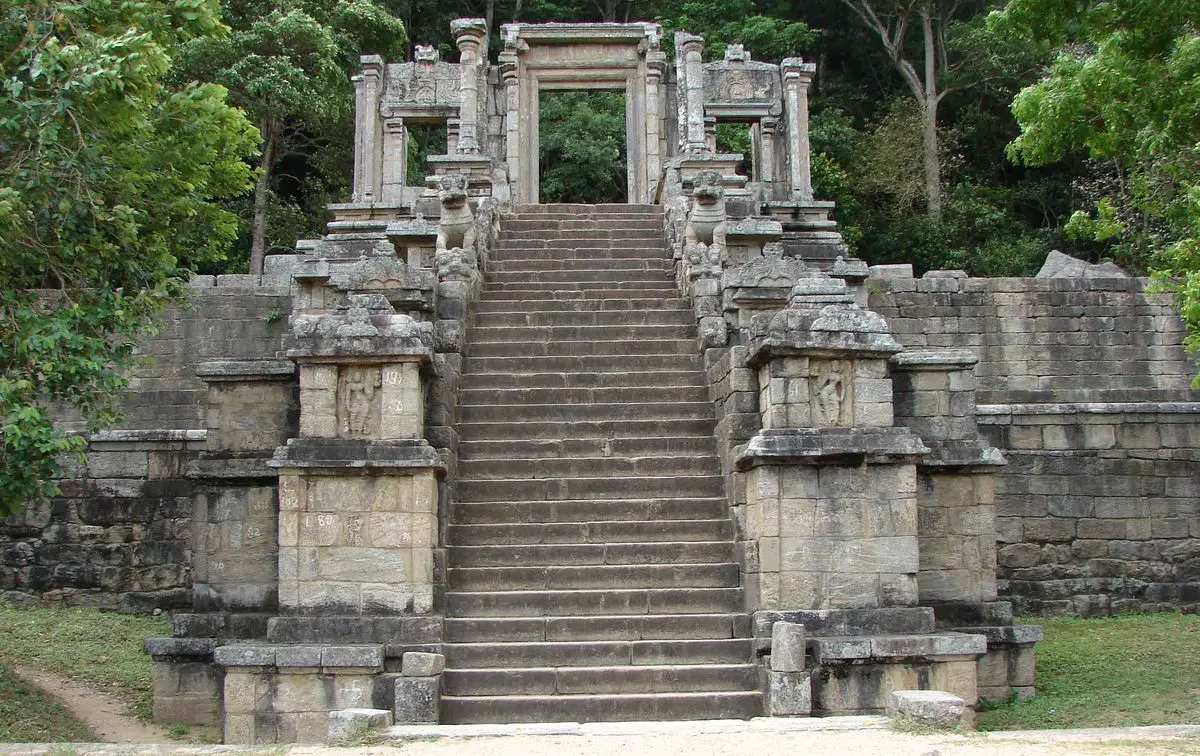
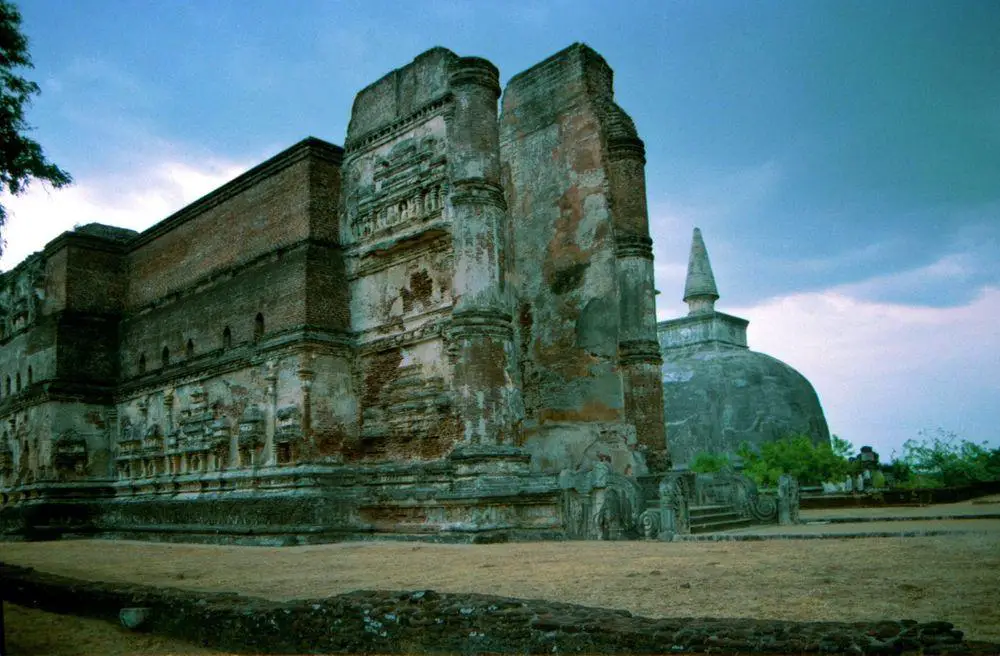
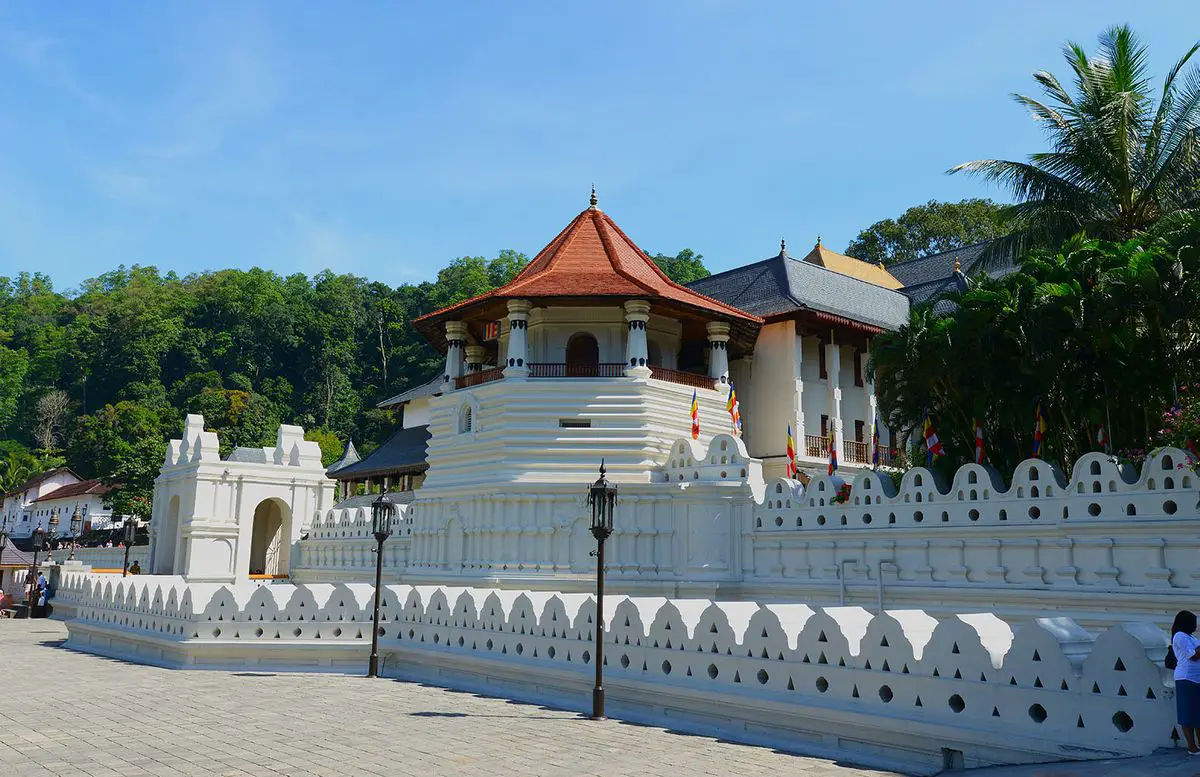
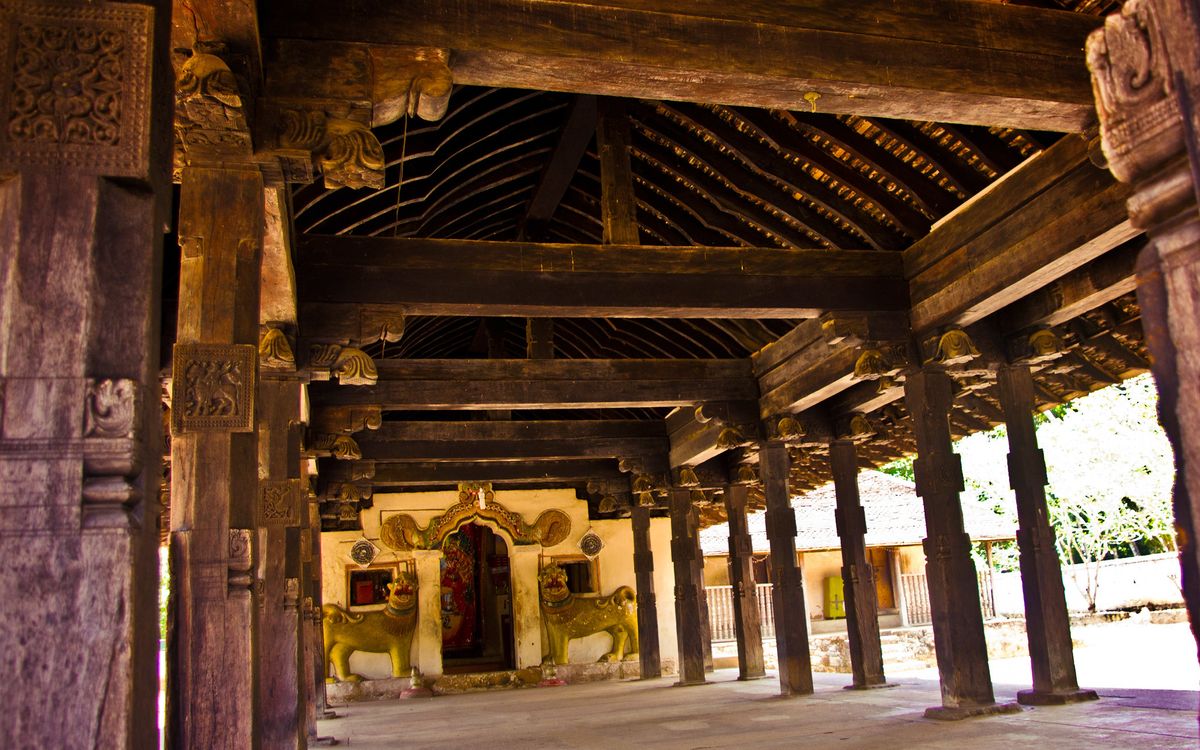
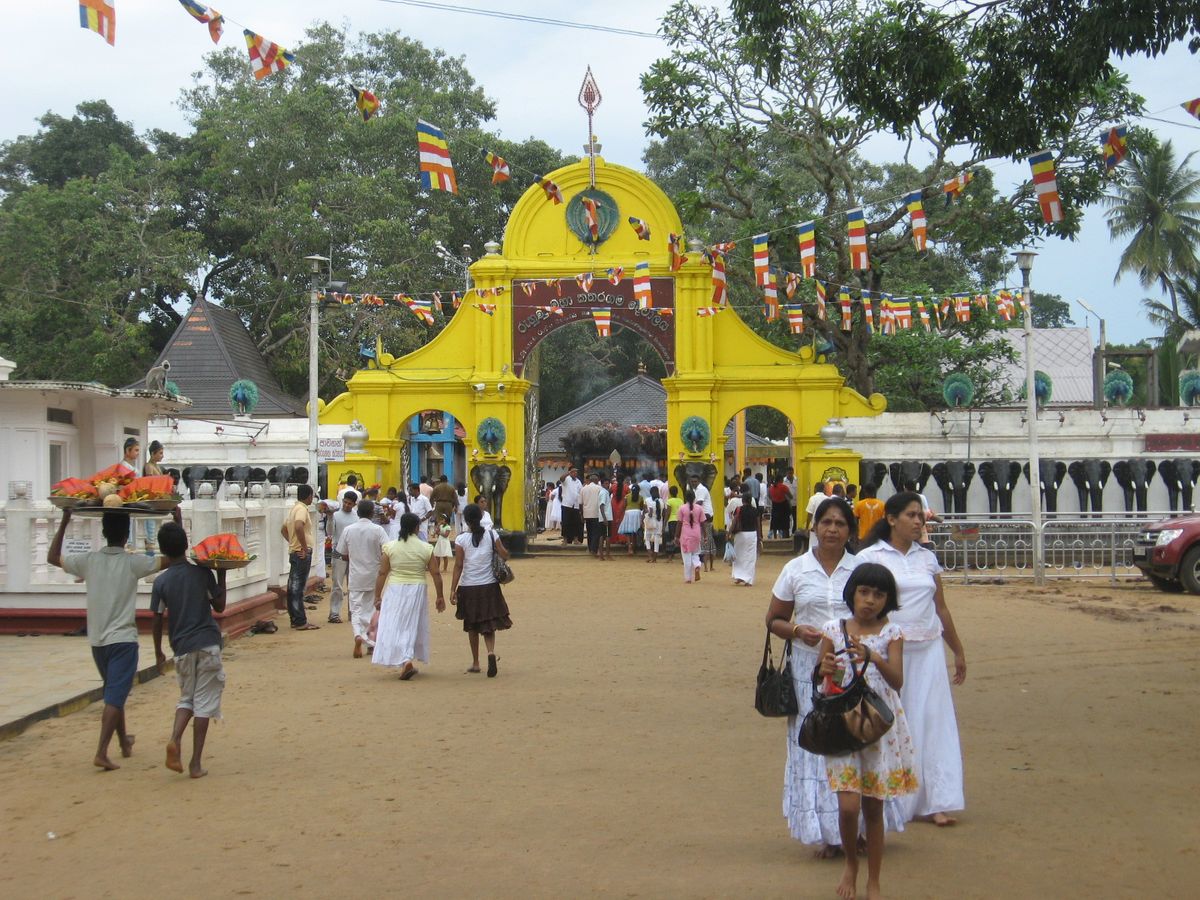
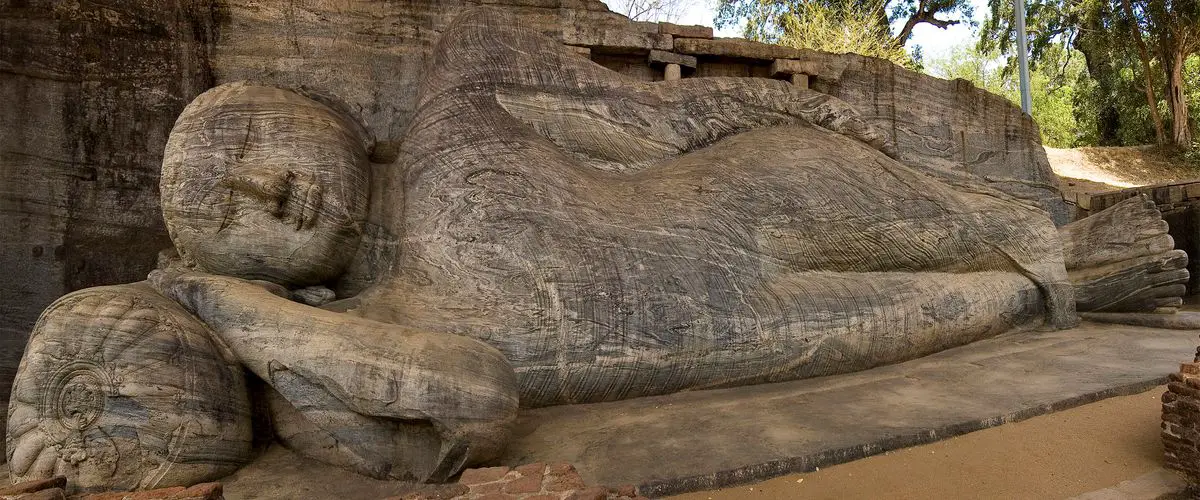
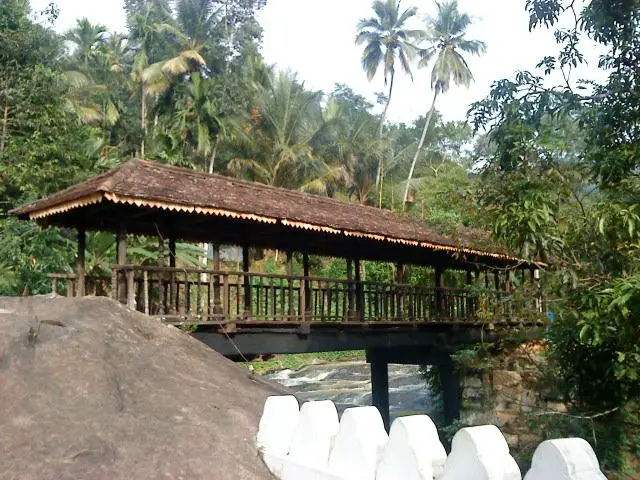
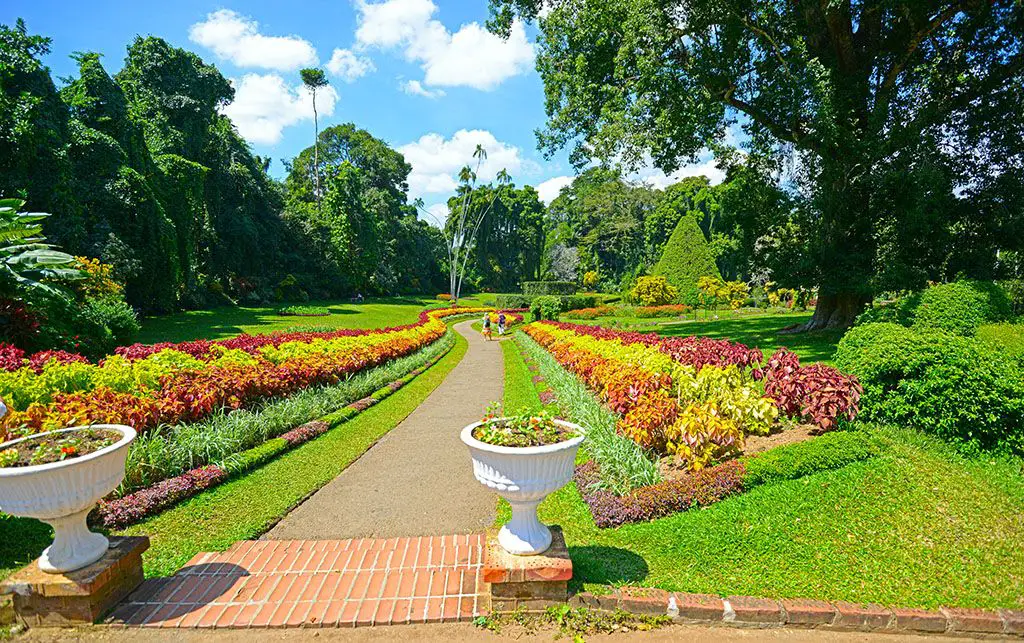


THIS IS THE BEST WEBSITE……………..
EVER!!!!!!!!!!!!!!!!!!!!!!!!!!!!!!!!!!!!!!!!!